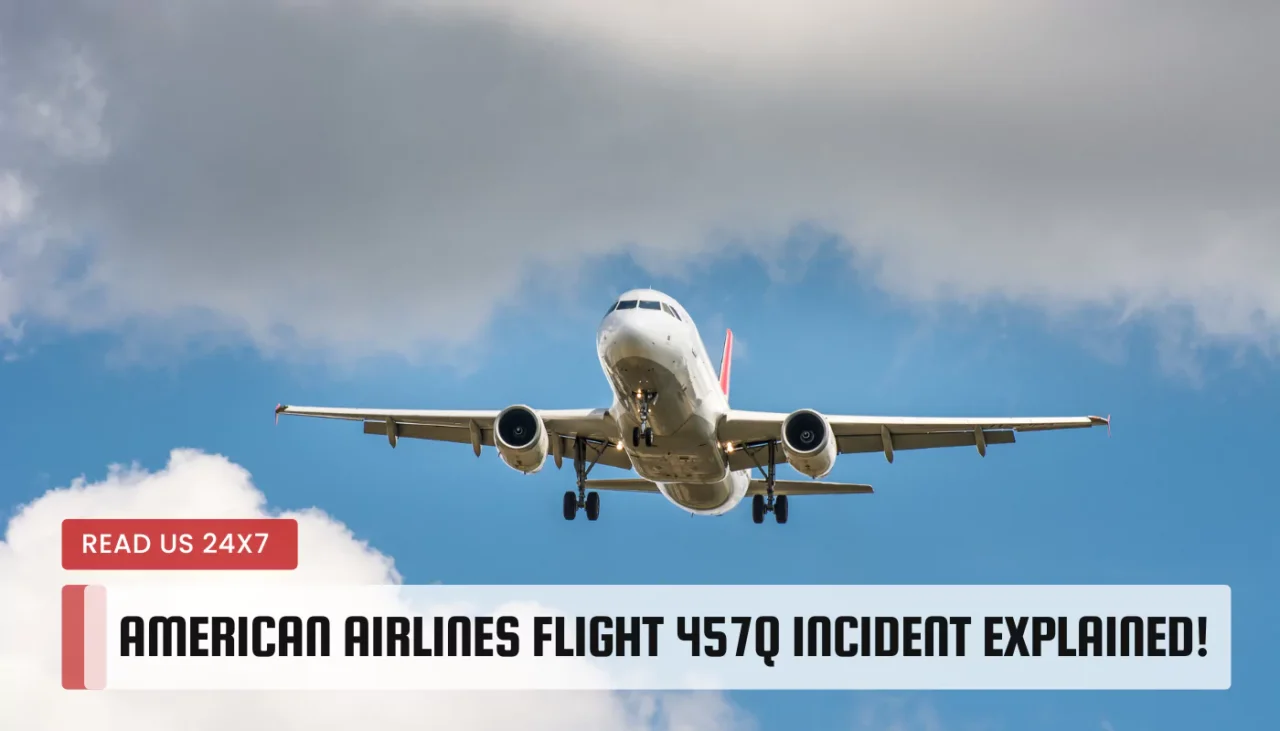American Airlines Flight 457Q was a scheduled passenger flight that experienced a near miss incident with another airplane at Boston Logan International Airport in Massachusetts.
History of the Flight and its Route
While details about the specific route and origin/destination of Flight 457Q are unavailable, it likely operated on a domestic route within the United States. Commercial flight routes are constantly adjusted based on passenger demand and airline schedules, so pinpointing the exact path is difficult.
Historically, Boston Logan has served as a major hub for domestic flights in the northeastern United States, connecting passengers to various destinations across the country.
The Incident and its Impact
On an unspecified date, air traffic control at Boston Logan noticed Spirit Airlines Flight 1444 inching too close to the runway hold line while American Airlines Flight 457Q was preparing for takeoff. To prioritize safety, the air traffic controller issued an immediate abort takeoff instruction to Flight 457Q.
Fortunately, the prompt action by air traffic control prevented a potential collision. Passengers on board Flight 457Q reported the incident as “terrifying,” highlighting the seriousness of the situation.
Following the incident, the Federal Aviation Administration (FAA) launched an investigation to determine the cause of the near miss. The incident also prompted discussions about potential safety improvements to prevent similar situations in the future.
Response and Action Taken by American Airlines
American Airlines prioritized passenger safety during the incident. The airline followed air traffic control’s instructions and ensured a safe abort takeoff maneuver.
Following the incident, American Airlines likely cooperated fully with the FAA investigation. The airline may have also conducted its internal review to identify any areas for improvement in its own safety protocols. Industry-wide discussions likely focused on potential enhancements to air traffic control procedures and communication measures between air traffic control and pilots.
Passenger Experiences and Broader Implications
The near miss incident on American Airlines Flight 457Q undoubtedly caused anxiety and fear among passengers. This incident highlights the importance of robust safety measures in air travel.
Following the incident, airlines and aviation authorities likely re-evaluated safety protocols. This could involve stricter adherence to runway hold lines by incoming flights, improved communication between air traffic control and pilots, and potentially even technological advancements in air traffic management systems. The collaborative efforts of airlines, air traffic control, and regulatory bodies are crucial in ensuring the continued safety of air travel.
Conclusion
The American Airlines Flight 457Q incident serves as a reminder of the importance of prioritizing safety in air travel. Fortunately, the quick action by air traffic control averted a potential disaster. The incident has likely led to a renewed focus on safety measures within the aviation industry, with collaborative efforts aimed at preventing similar situations in the future.



